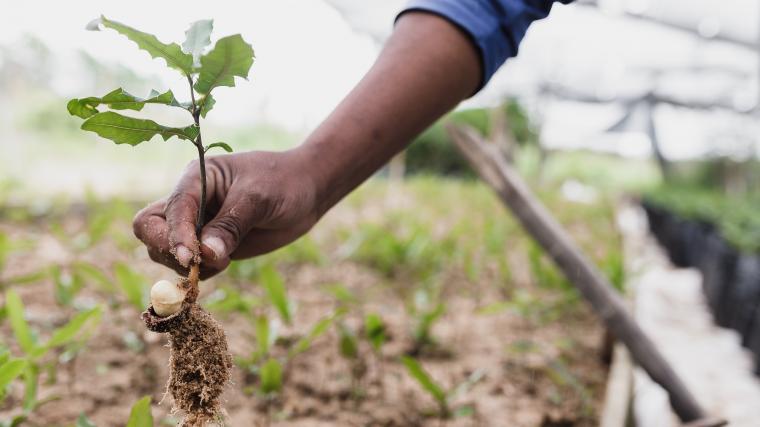
In a nutshell
While plant and animal phenology information is often used to determine the impact of environmental change on plants and animals, this information has not been widely used in the context of ecological restoration. The potential link is clear – information about the recurring life cycles of plants and animals is relevant to informed management of ecological systems.
To draw attention to the potential of phenology to improve restoration, the authors reviewed 149 articles that mention both ‘phenology’ and ‘restoration’ from the Journal Restoration Ecology, and examined how phenology can improve baseline data on the reference ecosystems and biotic resources, how phenology can enhance restoration treatments and management, how phenology can improve restoration monitoring, and what phenological research can learn from restoration.
The authors found that phenology information improved restoration projects, informing what and when to plant, improving the timing of management actions, and increasing the efficiency of post-restoration monitoring. For example, phenology informed the best time to gather seeds, plant seeds, and increase genetic diversity by including seed from plants with different flowering times; phenology information improved the timing of fire treatments, targeting invasive species while helping native plants thrive; and use of phenology monitoring techniques such as seasonal on-the-ground monitoring and remote sensing provided a cheap and efficient way to monitor changes after restoration.
What is special about this study?
Phenology has demonstrated value as an indicator of global change, but is not often explicitly used as a tool for ecological restoration. This paper highlights the diversity of ways that phenology information can improve restoration in all stages of the process.
What does this mean for YOU?
The impact of our ever-growing human population has devastating impacts on the environment. Restoration is a vital process to return degraded, damaged, or destroyed ecosystems to a state where they can support species of interest. Adding phenology information into the toolkit of restoration managers will help them to be more efficient and effective in their restoration actions.
Citation: Buisson, E., S.T. Alvarado, S.L. Stradic, L.P.C. Morellato. 2016. Plant restoration research enhances ecological restoration. Restoration Ecology. DOI 10.1111/rec.12471.